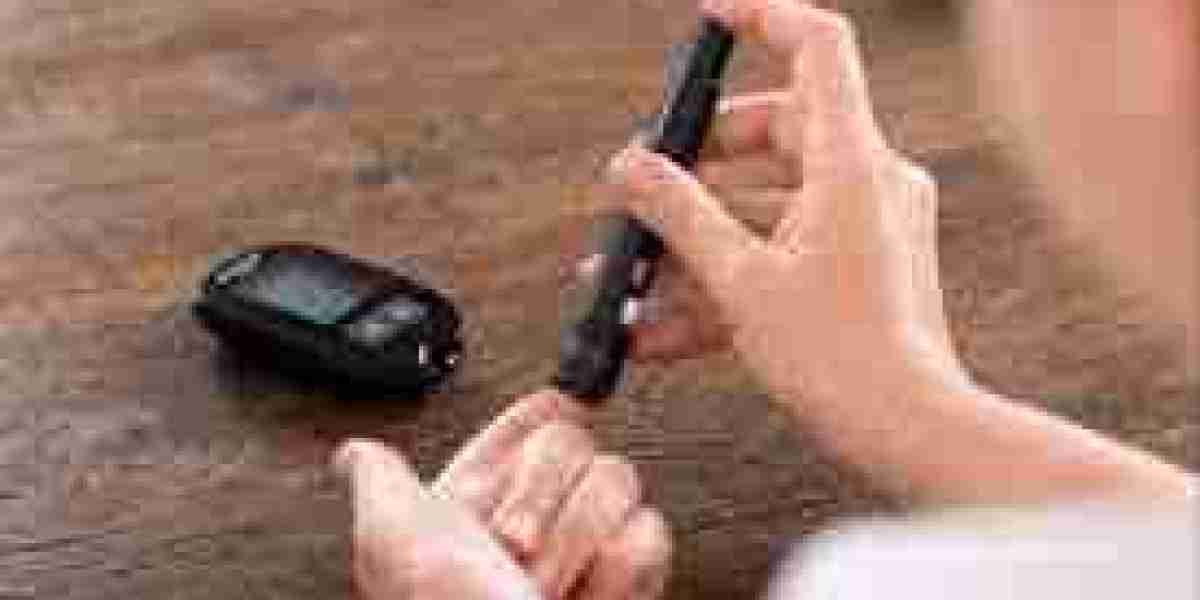Is your washing machine refusing to fill? Sprinklers not activating? Furnace failing to ignite? A faulty solenoid valve might be the hidden culprit behind these issues. Solenoids are small yet powerful devices that play a crucial role in controlling the flow of fluids or gases in systems ranging from home appliances to industrial machinery.
Before replacing components or calling in expensive repairs, learning how to test a solenoid could save you both time and money. Whether you’re a hands-on DIYer or an experienced technician, this guide walks you through simple, safe, and effective solenoid testing methods.
? What Is a Solenoid?
A solenoid is an electromechanical device that converts electrical energy into mechanical motion. It typically consists of a coil of wire wrapped around a movable plunger. When energized, the coil creates a magnetic field that moves the plunger, activating or deactivating a valve or switch.
Common Applications:
Washing machines
Sprinkler systems
HVAC units
Automobiles
Industrial equipment
⚠️ Signs Your Solenoid Might Be Failing
Before you even break out your tools, check for these common symptoms:
No response when activated
Weak or incomplete movement
Buzzing sounds without action
Burnt smell indicates coil damage
?️ How to Test a Solenoid (Step-by-Step)
Tools You’ll Need:
Multimeter
Screwdrivers
Battery (optional)
Jumper wires
Safety gear
System’s specifications/manual
✅ Method 1: Continuity Test (Coil Health)
Use a multimeter to check if the solenoid coil is electrically sound.
Steps:
Disconnect power to avoid shock.
Locate and isolate the solenoid.
Set the multimeter to ohms (Ω) mode.
Test the terminals by placing a probe on each.
What the readings mean:
| Reading | Result |
|---|---|
| 20–60 ohms | Coil is good |
| “OL” or infinite | Open circuit – replace |
| ~0 ohms | Short circuit – replace |
| Fluctuating | Possible internal fault |
✅ Method 2: Power Activation Test (Mechanical Check)
Check if the solenoid clicks when power is applied.
Steps:
Reconnect wires and restore power.
Activate the system (e.g., turn on the zone or start the car).
Listen for a click – that’s the plunger moving.
Interpretation:
Click heard and the valve works? ✅ Solenoid is functional.
No click or partial movement? ❌ Likely faulty.
✅ Method 3: Manual Override Test (if available)
Some solenoids include a manual override lever.
How to use:
Find the override.
Manually engage the plunger.
If it moves and activates the valve, the mechanical part is fine – the problem is electrical.
? When to Call a Professional
While many solenoid tests are safe for DIY, call a technician if:
You notice burning or melted parts
The system still malfunctions after replacement
You’re dealing with gas, high voltage, or complex plumbing
You’re unsure at any point
? Need Help? Call 907 Heating and Plumbing
Serving Anchorage, AK, 907 Heating and Plumbing specializes in diagnosing and repairing solenoid and valve issues in residential and commercial systems. With 24/7 emergency support, our expert technicians are just a phone call away.
? info@907heatingplumbing.com
? 877-570-8952




